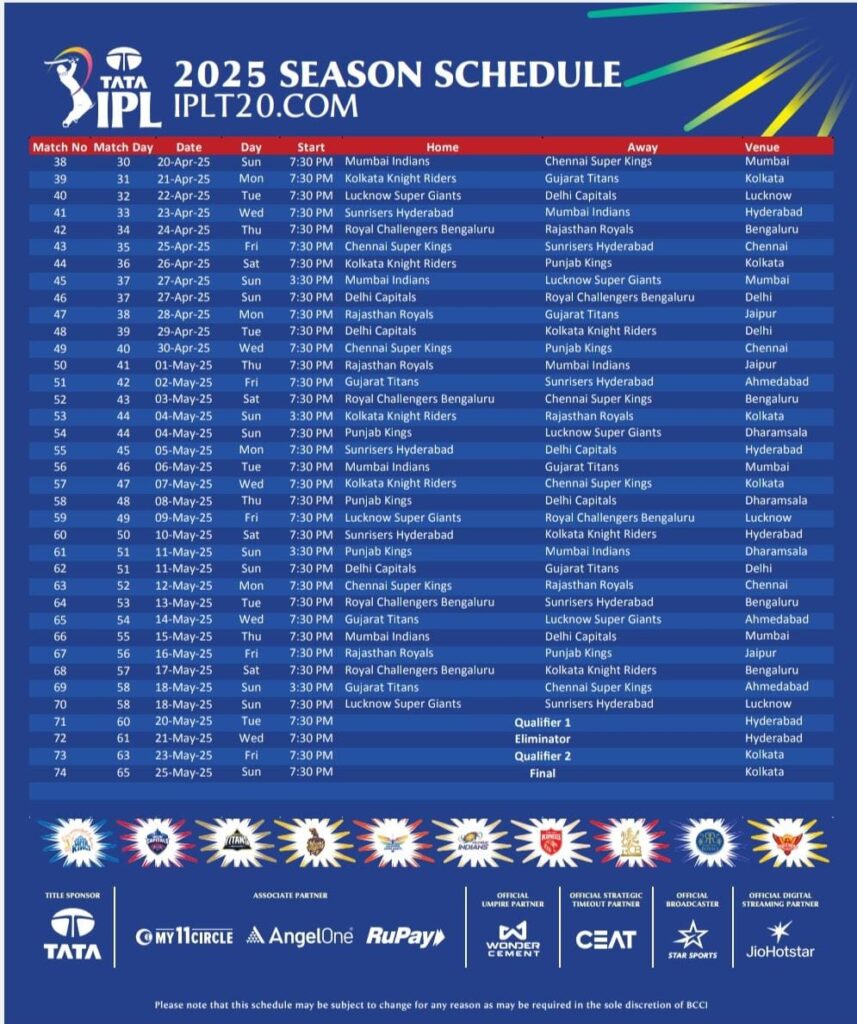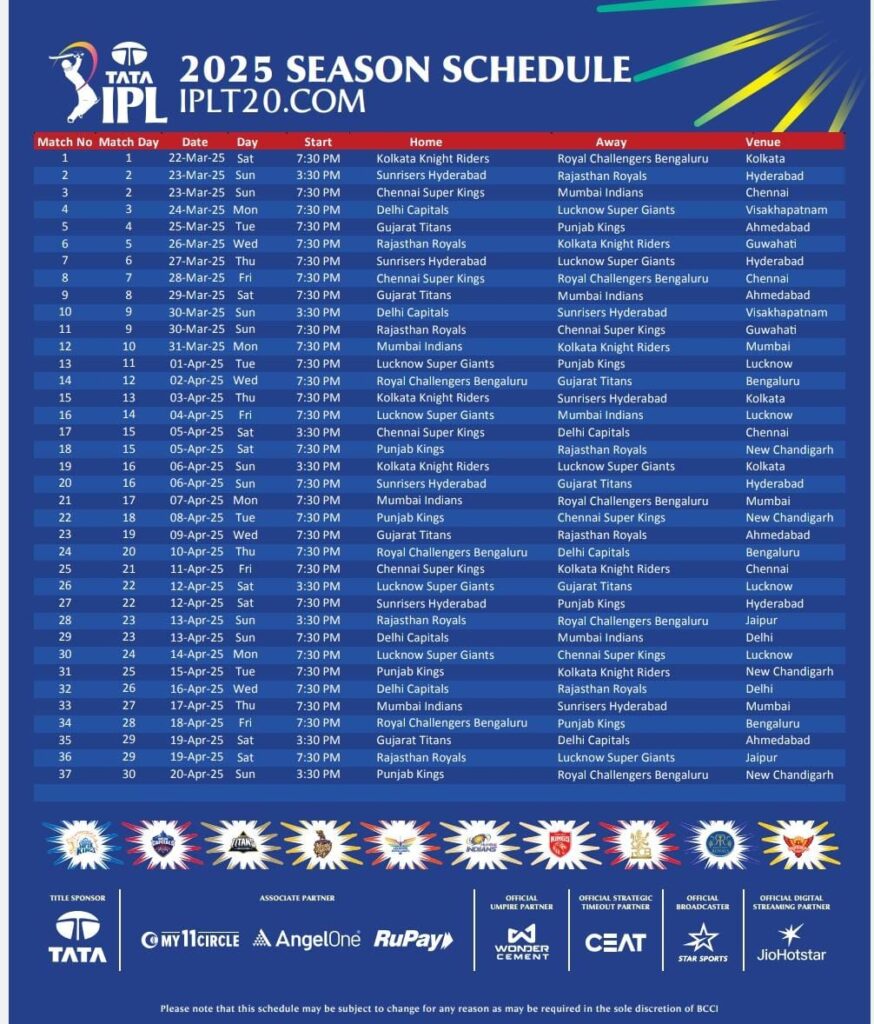In today’s fast-paced digital world, location-based services have become a vital part of our daily lives. From tracking a ride to sharing where we are with friends and family, live location apps have transformed how we navigate the world around us. These apps offer real-time updates that make it easier to plan and communicate in ways that were previously impossible. In this post, we explore the significance of live location apps, their impact on everyday life, and the future of geolocation technology.
What Are Live Location Apps?
Live location apps allow users to track their real-time position on a map. The most common uses include navigation, sharing your whereabouts with others, and keeping track of deliveries, orders, or even the movement of loved ones. These apps use GPS technology, which collects data from satellites to pinpoint a user’s exact location on Earth. The information is then displayed on an interactive map, updated continuously as the user moves.
The Most Popular Live Location Apps
There are numerous live location apps available today, but a few stand out due to their widespread use and features:
- Google Maps: Arguably the most well-known location app, Google Maps offers turn-by-turn navigation, real-time traffic updates, and the ability to share your location with friends and family. Its seamless integration with other Google services makes it an essential tool for many.
- Find My (Apple): Apple’s “Find My” app allows users to track their devices, locate friends and family members, and even trace their pets with supported tags. It’s particularly helpful for individuals who are fully immersed in the Apple ecosystem.
- Life360: Specializing in family safety, Life360 allows users to see where their loved ones are in real-time. It also includes features such as driving reports, crash detection, and emergency alerts.
- Waze: Known for its crowd-sourced approach to traffic reporting, Waze offers real-time data about road conditions, accidents, and traffic jams, making it a top choice for commuters.
- Glympse: A straightforward app for sharing your live location with others for a specified amount of time, Glympse is ideal for quick, temporary location-sharing without the need for continuous tracking.
Why Do People Use Live Location Apps?
The primary function of live location apps is to enhance convenience, safety, and communication. Below are some of the top reasons why people rely on these apps:
1. Real-Time Navigation and Traffic Updates
With the rise of ride-sharing services and the need for daily commutes, knowing the best route in real-time is more important than ever. Apps like Google Maps and Waze help users avoid traffic jams, accidents, and road closures, allowing for quicker and less stressful trips.

2. Enhanced Safety for Families and Friends
For parents and guardians, live location sharing provides peace of mind. Apps like Life360 allow family members to stay connected, ensuring everyone’s safety while traveling, especially in emergency situations. Parents can track where their children are, while individuals can share their location with close friends during late-night outings or trips.
3. Easy Coordination for Group Activities
Whether it’s a family gathering, a day out with friends, or a business meeting, live location apps help people coordinate logistics effortlessly. By knowing where everyone is in real-time, it’s easier to plan meetups and stay in touch during group activities.
4. Tracking Deliveries and Orders
With the growth of e-commerce and food delivery services, live location tracking has become a game-changer. Apps like UberEats, DoorDash, and Amazon let customers track deliveries in real-time, ensuring that they can be home or ready for the package as it arrives.
5. Helping with Emergencies
In times of emergencies, location sharing can be vital. Whether it’s a medical emergency, a car breakdown, or a lost person, sharing one’s location can help first responders or loved ones reach the scene quickly. Apps like “Find My” on Apple devices can play a significant role in such situations.

Privacy Concerns and How to Stay Safe
While live location apps provide numerous benefits, they also raise concerns about privacy. Constantly sharing your location can expose personal information and potentially lead to unwanted tracking by third parties. To mitigate risks, consider the following:
- Turn Off Location Sharing When Not Needed: Many apps allow you to share your location with specific people. Disable location tracking when it’s not necessary.
- Set Time Limits: Apps like Glympse let you share your location for a short period. This feature can help avoid sharing your whereabouts for too long.
- Review App Permissions: Ensure that the app only has access to location data when required. Regularly review your phone’s privacy settings.
- Use Trusted Apps: Opt for well-known and trusted apps with strong security measures in place, especially if you’re concerned about data breaches or misuse of information.
The Future of Live Location Apps
The future of live location apps is incredibly exciting, as technology continues to advance. Here are some trends to keep an eye on:
- Integration with Augmented Reality (AR): Live location apps are beginning to integrate AR features to enhance navigation. Imagine using your phone’s camera to see directional arrows and points of interest in real-time on your screen as you walk or drive.
- Increased Personalization: With AI and machine learning, future apps may offer more personalized location recommendations based on your habits, preferences, and travel history.
- Wearable Tech: Devices like smartwatches and fitness trackers are likely to become even more integrated with live location tracking, providing real-time data without needing to pull out your phone.
- Improved Privacy Controls: As privacy concerns grow, future location apps will likely include more advanced privacy controls, allowing users to better manage who sees their location and when.
Conclusion
Live location apps have become a staple of modern life, offering convenience, safety, and real-time insights into our whereabouts. Whether you’re navigating the streets, checking on loved ones, or managing deliveries, these apps have simplified many aspects of daily life. However, with the benefits come potential privacy concerns, so it’s crucial to use these tools wisely and responsibly.
As technology evolves, live location apps will continue to innovate, providing even more ways to keep us connected, informed, and safe. The future of location-based services looks promising, and as users, we can only expect to see these apps grow in usefulness and sophistication.
